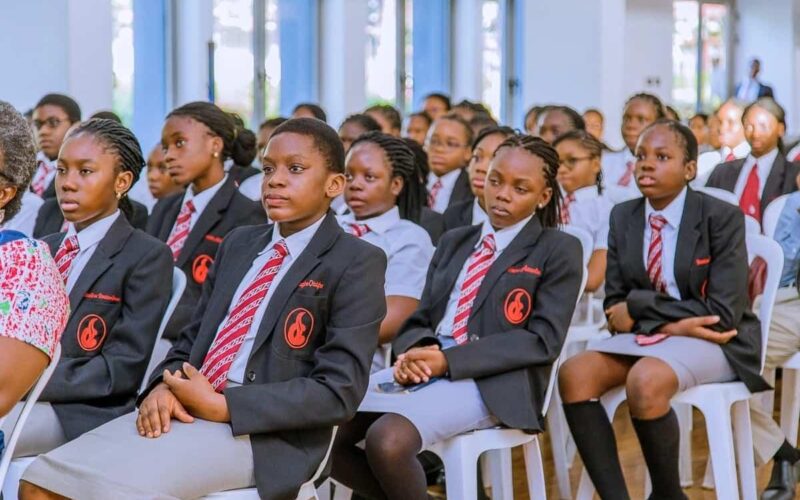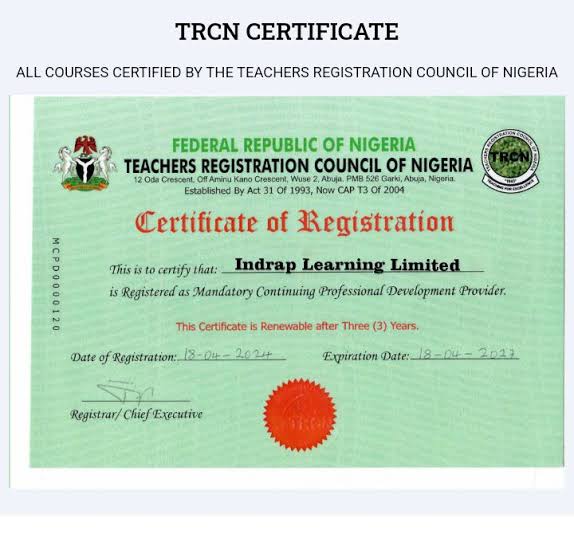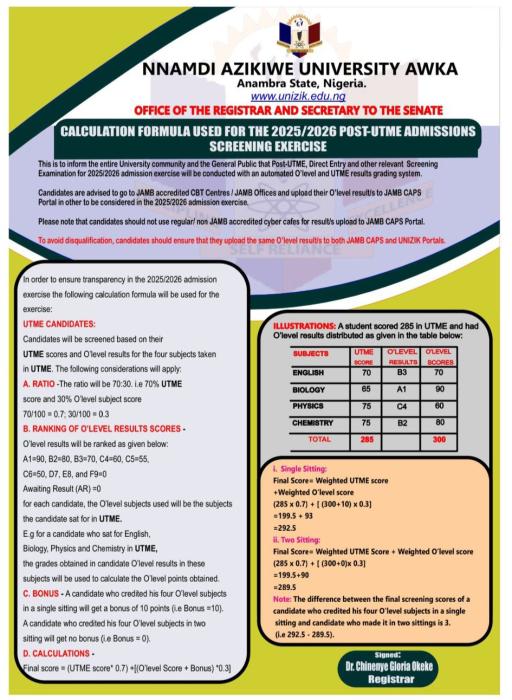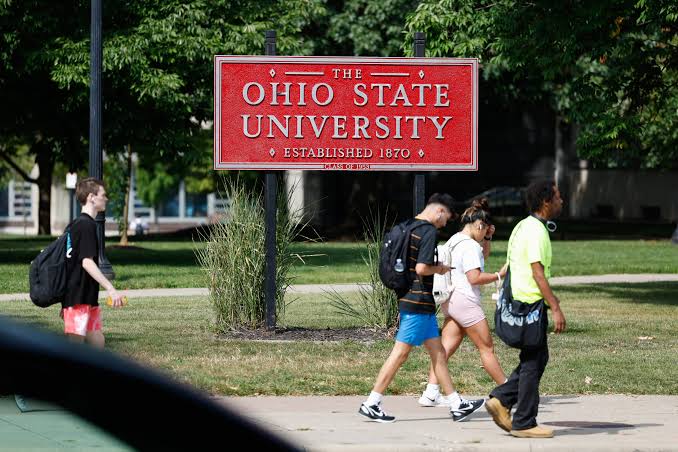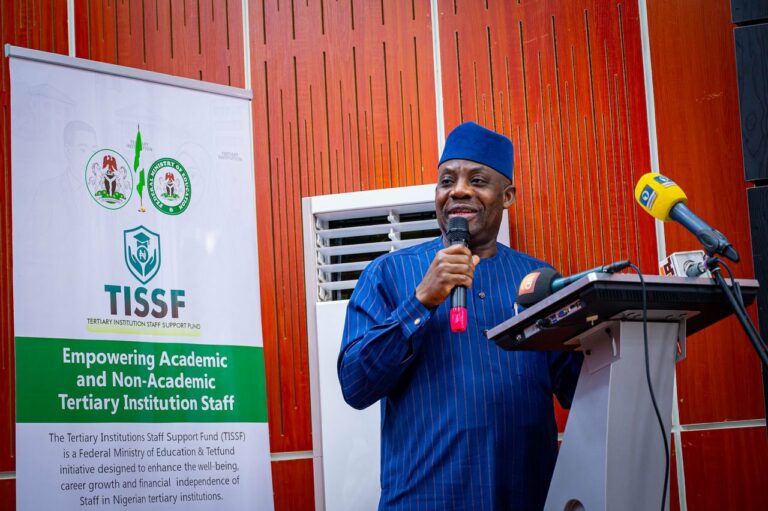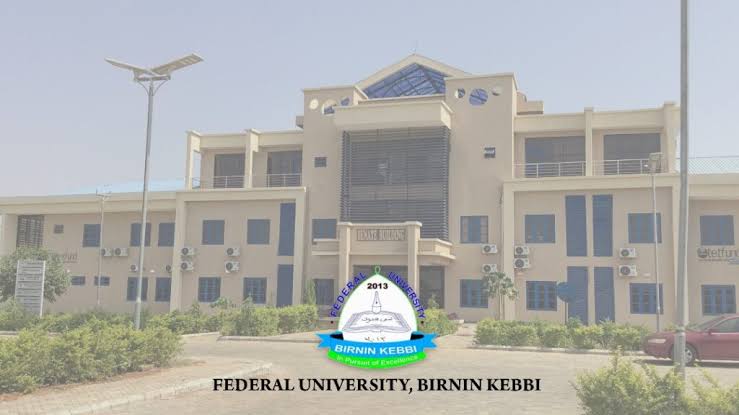The Nigerian education system is currently undergoing one of its most ambitious transformations in recent history. With the introduction of the new curriculum for the 2025/2026 academic session, schools across the country are expected to align their teaching methods with 21st-century skills such as digital literacy, robotics, artificial intelligence, vocational training, and entrepreneurship development.
However, two weeks after resumption, many schools — especially public secondary schools — are facing significant challenges in implementing the new curriculum. While the vision behind the reform is commendable, the realities on ground reveal gaps that need urgent attention.
What is the New Nigerian Curriculum All About?
The Nigerian Educational Research and Development Council (NERDC) introduced this new curriculum to replace outdated content and to prepare Nigerian students for a rapidly changing global economy.
Key highlights of the new 2025/2026 Nigerian curriculum include:
- Trade Subjects for Students: Each student must choose a vocational trade subject such as:
- Solar Photovoltaic Installation & Maintenance
- Fashion Design and Tailoring
- Livestock Farming and Fisheries
- Beauty & Cosmetology
- Computer Hardware & GSM Repairs
- Horticulture & Landscaping
- Digital Literacy: Emphasis on computer education, coding, AI, robotics, and ICT skills.
- Pre-Vocational Studies: Hands-on practical training to equip students with entrepreneurial skills before graduation.
- Evidence-Based & Global Alignment: The curriculum is designed to meet international best practices while addressing Nigeria’s local socio-economic realities.
Challenges Facing Nigerian Schools in Implementing the New Curriculum
Despite its ambitious goals, many schools are struggling with implementation barriers.
1. Lack of Facilities and Equipment
Most public schools do not have the tools, laboratories, or workshops required for trade subjects. For instance, a school may offer “solar installation” on paper but lack solar panels or basic training kits for practicals.
2. Shortage of Qualified Teachers
Nigeria currently has a shortfall of over 190,000 qualified teachers in public schools. To make matters worse, more than 60% of teachers are not computer literate, making it extremely difficult to teach digital literacy or new technology-based subjects.
3. Inadequate Teacher Training
Even where teachers are available, many have not received training in the new curriculum. Without refresher courses or professional development workshops, schools cannot deliver lessons as intended.
4. Poor Internet Connectivity
Digital literacy requires internet access, but many schools, especially in rural areas, lack connectivity or electricity to power ICT facilities. This widens the gap between urban schools and rural schools.
5. Fast-Paced Implementation
Stakeholders argue that the government should have started with a pilot phase in selected schools before a nationwide rollout. The rushed introduction has left schools unprepared and under-resourced.
What Stakeholders Are Saying
- Government / NERDC: Officials insist that the curriculum was developed with wide stakeholder consultation and that it aligns with global educational standards. They believe it will equip Nigerian students with practical and digital skills for the future.
- Educators and Parents: Teachers’ unions, parents, and education experts, however, argue that without adequate resources, teacher training, and gradual implementation, the curriculum may fail to achieve its intended goals.
Implications for the Nigerian Education System
- Widening Inequality: Private schools and well-funded institutions may adopt the curriculum faster than public schools, creating a learning gap.
- Student Confusion: With schools struggling, students may not receive the hands-on experience promised, which could affect their preparation for external examinations.
- Missed Opportunities: If properly implemented, trade subjects and digital literacy could empower students for self-employment, reducing unemployment in Nigeria.
- Need for Continuous Monitoring: The government must introduce regular monitoring, evaluation, and support programs to ensure sustainability.
Way Forward: Recommendations for Successful Curriculum Implementation
- Massive Teacher Training Programs: Teachers need refresher courses on ICT, trade subjects, and modern teaching methods.
- Infrastructure Investment: Schools must be equipped with workshops, laboratories, internet connectivity, and computers.
- Phased Rollout: Government should consider gradual adoption — starting with pilot schools before nationwide expansion.
- Community and Private Sector Involvement: Partnerships with NGOs, tech companies, and industries can provide tools, mentorship, and funding.
- Continuous Review: Curriculum reforms should not be a one-time change but an ongoing process that responds to global and local realities.
Keywords for SEO Optimization
- New Nigerian curriculum 2025/2026
- Challenges in implementing Nigerian school curriculum
- Trade subjects in Nigerian secondary schools
- Digital literacy in Nigerian education
- NERDC new curriculum reforms
- Nigerian public schools curriculum problems
- Vocational training in Nigerian schools
- Education reform in Nigeria 2025
- Teacher training and curriculum implementation
- ICT and robotics in Nigerian schools
Conclusion
The new Nigerian curriculum (2025/2026) has the potential to transform education by equipping students with digital skills, vocational expertise, and entrepreneurial knowledge. However, without addressing the realities on ground — including teacher shortages, poor infrastructure, and lack of resources — the reform may struggle to succeed.
For now, schools are two weeks into the new session, and while the vision remains strong, the battle for implementation continues. The coming months will determine whether this curriculum reform becomes a historic milestone or another missed opportunity in Nigeria’s educational journey.
